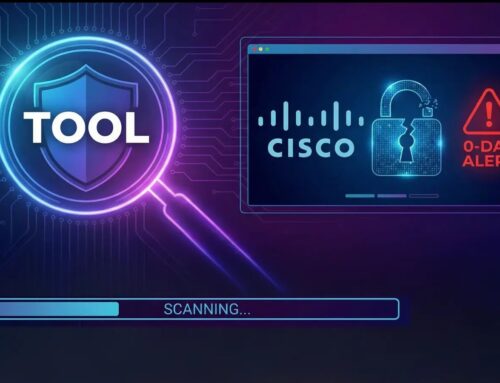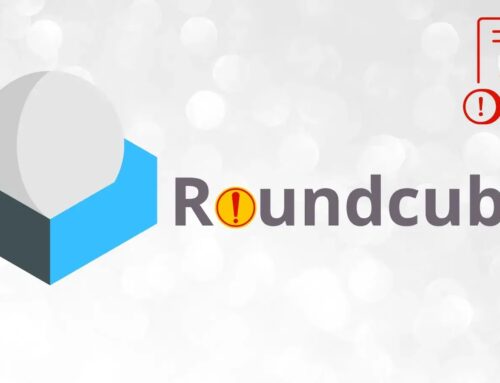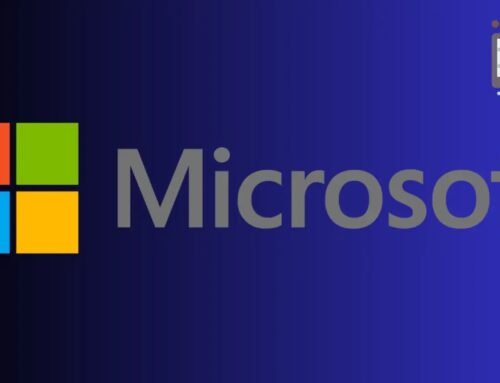
CISA Warns of Interlock Ransomware With Double Extortion Tactics Attacking Windows and Linux Systems
The cybersecurity landscape is under constant siege, and a new, urgent warning from leading federal agencies underscores the escalating threat. The Cybersecurity and Infrastructure Security Agency (CISA), in collaboration with the FBI, the Department of Health and Human Services (HHS), and the Multi-State Information Sharing and Analysis Center (MS-ISAC), has issued a critical joint advisory regarding the prolific Interlock ransomware group. This emergent threat has been actively targeting businesses and vital critical infrastructure sectors since late September 2024, deploying sophisticated double extortion tactics against both Windows and Linux systems. Understanding the mechanism and implications of Interlock ransomware is paramount for robust cyber defense.
Understanding the Interlock Ransomware Threat
Interlock ransomware represents a significant escalation in the ransomware threat landscape. Unlike traditional ransomware that primarily encrypts data for a ransom, Interlock employs a double extortion strategy. This means that in addition to encrypting an organization’s critical data, the attackers also exfiltrate sensitive information, threatening to publish it publicly if the ransom is not paid. This dual pressure significantly increases the stakes for victim organizations, impacting not only operational continuity but also reputation and compliance.
What makes Interlock particularly insidious is its capability to target both Windows and Linux operating systems. This cross-platform attack vector broadens its potential victim pool considerably, encompassing a vast array of enterprise networks, industrial control systems (ICS), and cloud environments where Linux plays a foundational role. The group’s focus on critical infrastructure sectors highlights its potential to disrupt essential services and cause widespread impact.
Interlock’s Modus Operandi and Double Extortion
The Interlock ransomware group’s operational tactics are designed for maximum impact and leverage. Their double extortion approach specifically exploits the most critical assets of an organization: its data and its reputation. Here’s how it typically unfolds:
- Initial Access: While the advisory doesn’t detail specific initial access vectors for Interlock, common methods for ransomware groups include exploiting publicly exposed vulnerabilities, phishing campaigns leading to credential compromise, and supply chain attacks.
- Lateral Movement and Data Exfiltration: Once inside a network, Interlock operators likely employ sophisticated techniques for lateral movement to gain broader access and identify valuable data repositories. Simultaneously, they begin exfiltrating sensitive and proprietary information.
- Dual Ransom Demands: After data exfiltration and encryption, the attackers issue a ransom demand. This demand is usually multifaceted: one component for decryption keys and another, equally significant, to prevent the public release of the exfiltrated data.
- Public Shaming and Data Leak Sites: Should a victim refuse to pay, Interlock, like other double extortion groups, is expected to operate a dedicated data leak site where they publicly expose the stolen information, further pressuring the victim and damaging their brand.
Targeted Systems and Sectors
The CISA advisory specifically notes Interlock’s ability to attack both Windows and Linux systems. This versatility is a major concern:
- Windows Systems: Historically a primary target for ransomware, Windows environments remain vulnerable to various attack vectors, including unpatched vulnerabilities, misconfigurations, and compromised user credentials.
- Linux Systems: The ability to target Linux indicates a higher level of sophistication. Many critical infrastructure components, cloud-based services, and back-end systems run on Linux. A successful attack here could compromise core operations and sensitive data stores.
The advisory also highlights that Interlock has been targeting businesses and critical infrastructure sectors. This includes, but is not limited to, healthcare organizations, energy providers, financial institutions, and government entities. The potential ramifications of a successful attack on these sectors could be catastrophic, leading to service outages, economic disruption, and even threats to public safety.
Remediation Actions and Proactive Defense Strategies
Combating a threat like Interlock ransomware requires a multi-layered, proactive cybersecurity strategy. Organizations, particularly those in critical infrastructure, must implement robust defenses and incident response plans.
- Patch Management: Regularly patch and update all operating systems, applications, and firmware, especially those facing the internet. Prioritize patches for known exploited vulnerabilities.
- Strong Authentication: Implement multi-factor authentication (MFA) across all services, especially for remote access, VPNs, and critical internal systems. Enforce strict password policies.
- Network Segmentation: Segment networks to limit lateral movement. Isolate critical systems and sensitive data repositories. Implement least privilege access principles.
- Regular Backups and Recovery Plan: Maintain immutable, offline backups of all critical data. Regularly test backup and recovery procedures to ensure data integrity and availability in the event of an attack.
- Endpoint Detection and Response (EDR): Deploy EDR solutions on all endpoints and servers (both Windows and Linux) to detect and respond to suspicious activities in real-time.
- Threat Intelligence Sharing: Leverage threat intelligence from CISA, ISACs, and other reputable sources to stay informed about the latest threats, Tactics, Techniques, and Procedures (TTPs) of ransomware groups like Interlock.
- Security Awareness Training: Educate employees about phishing, social engineering, and safe cybersecurity practices. A strong human firewall is critical.
- Incident Response Plan: Develop and regularly test a comprehensive incident response plan for ransomware attacks, focusing on containment, eradication, recovery, and post-incident analysis.
Relevant Tools for Detection and Mitigation
Proactive cyber defense against ransomware like Interlock involves leveraging a suite of security tools. Here are some categories and examples:
| Tool Category | Purpose | Examples / Link |
|---|---|---|
| Endpoint Protection Platforms (EPP) & EDR | Real-time threat detection, prevention, and response on endpoints. | CrowdStrike Falcon, Microsoft Defender for Endpoint, SentinelOne |
| Vulnerability Management Solutions | Identify and prioritize vulnerabilities across the IT infrastructure. | Tenable Nessus, Rapid7 Nexpose |
| Network Detection and Response (NDR) | Monitor network traffic for anomalies and potential threats. | Vectra AI, ExtraHop, Darktrace |
| Security Information and Event Management (SIEM) | Aggregate and analyze security logs for threat detection and compliance. | Splunk Enterprise Security, IBM QRadar |
| Backup and Recovery Solutions | Create and manage secure, restorable backups of critical data. | Veeam Backup & Replication, Commvault, Rubrik |
| Multi-Factor Authentication (MFA) Solutions | Strengthen user authentication beyond just passwords. | Duo Security, Okta, Microsoft Azure AD MFA |
Conclusion: Heightened Vigilance Against Interlock
The CISA advisory regarding Interlock ransomware is a critical call to action for every organization. The group’s emergence in late 2024, its double extortion tactics, and its capability to target both Windows and Linux systems underscore a dynamic and dangerous threat landscape. Proactive defense, continuous monitoring, and a well-rehearsed incident response plan are no longer optional but essential for business continuity and national security. Organizations must prioritize the implementation of robust security controls, leverage threat intelligence, and foster a culture of cybersecurity awareness to effectively counter sophisticated threats like Interlock ransomware.





